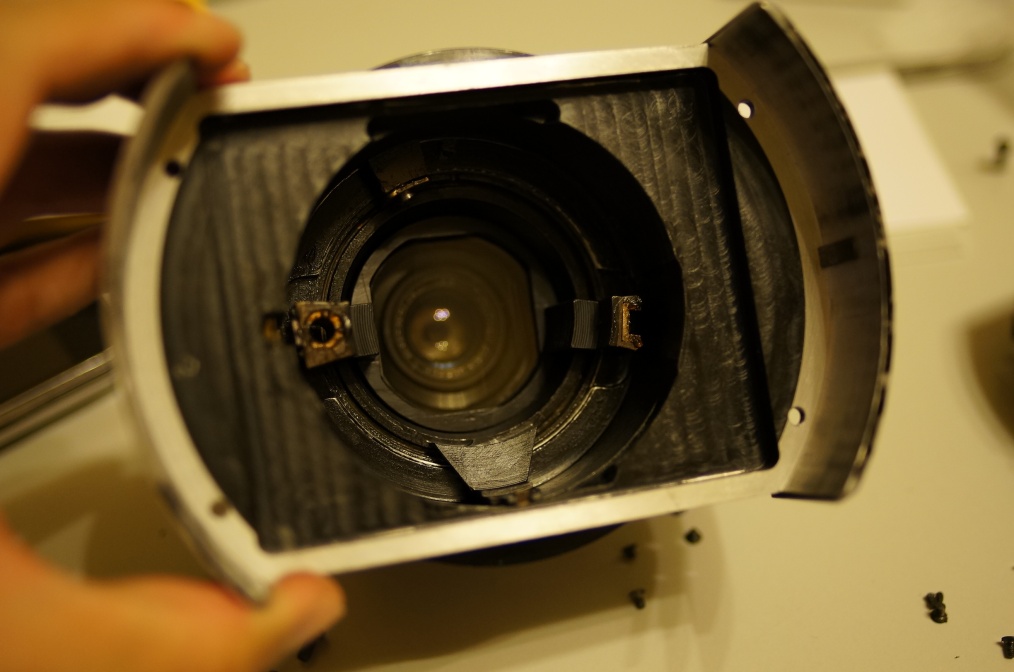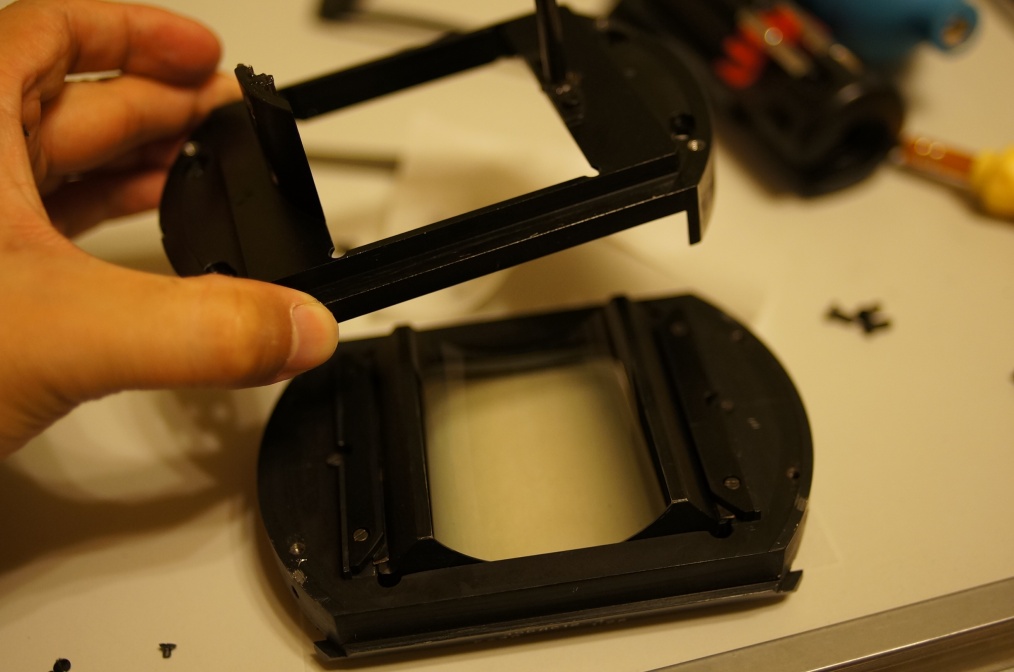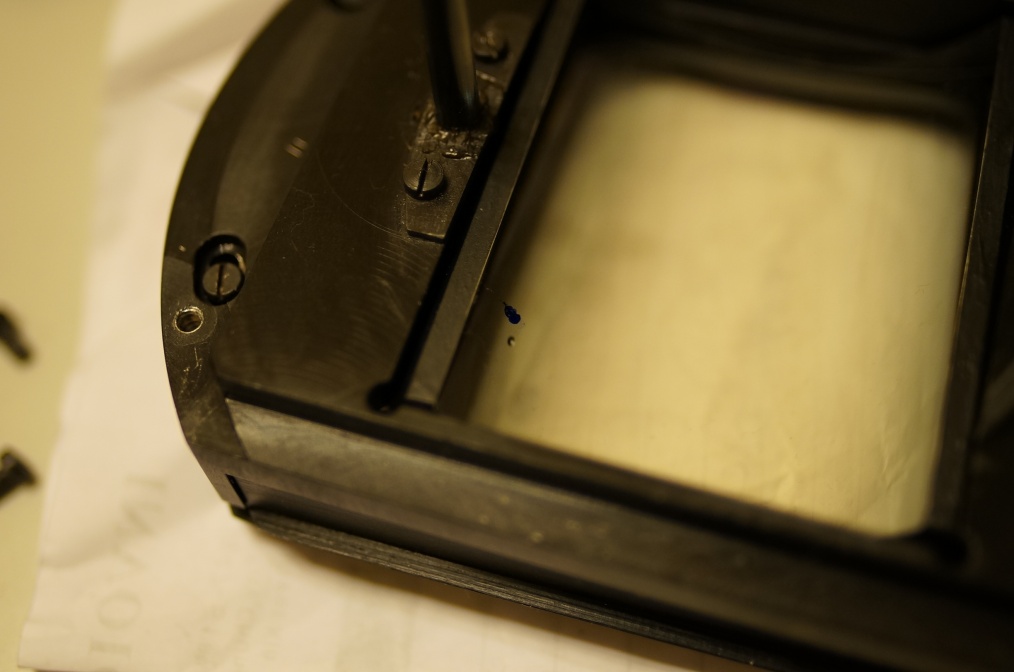OK, in the past few months I’ve been getting tonnes of questions about Lomo anamorphic lenses. I guess their popularity is increasing of late?
And I apologise to some people but I’m sure I’ve overlooked a few emails and not responded. Things are shit busy now after the Lunar New Year as companies pick up business again. But frankly, a lot of the information can be obtained by looking at my posts. BUT I suppose it should be better to have some sort of FAQ.
So, I’ve decided to create one about anamorphic lenses, using what knowledge I have. I also urge curious visitors to visit Konvas.org where their forum is filled with more experienced filmmakers and alike. Their forum format is a bit strange – you actually post via emails. But the Soviet cinephiles there are very friendly and is a source of great info.
The majority of questions I get, as expected, are related to how the anamorphic lenses work with DSLRs and hybrids like my Panasonic GH2 and Sony NEX’s. So, my FAQ would revolve more around their adapted use on these cameras. I’ve never used a Konvas camera so I’d definitely be the wrong person to ask. I’ll from here on refer to Lomo anamorphic lenses as “ana’s”.
1. To begin fathoming using the ana’s on say, you’re Micro Four Thirds or NEX cameras, you need the appropriate adapters. Ciecio7 from eBay in Poland is the best seller out there. Most ana’s these days come in OCT-19 mount. The round and square fronts I’ve used so far fit and focus properly with his adapters so there’s no need to be cautious.
2. If you have a Nikon or Canon DSLR, it is NOT possible to use square front ana’s because of its huge rear mount. The round fronts should be possible because of its shorter mount.
3. The ana’s are proper anamorphic lenses. They are not of the ‘anamorphic projection lens’ type where you need to mount it on a taking lens via a clamp. Those lenses require you to focus on both lenses. Although the ana’s are essentially composed of an anamorphic attachment and rear prime lens, they function as one unit. Hence you can rack focus with it.
4. The ana’s are 2x squeeze. So when shot with 16:9 sensor, it would produce a 3:55 aspect ratio which is super narrow. And no, there’s no way to make the frame bigger apart from zoom cropping.
5. I don’t have any more lenses to sell!
6. Please take extra precautions when shopping for ana’s. Ask the seller to take close up pictures of the front and rear optics. They’d likely not know (or tell) if it had been collimated. Consider asking the seller to ship to someone like Olex Konvas Services in Ukraine for a collimation & cleaning service.
7. Which mounts? Lomo anamorphic’s come in OCT-18, OCT-19 and PL. Some may also be modified to say, Canon or Nikon mounts. The majority of lenses sold right now on eBay are OCT-18 and are the cheapest in their range. OCT-19′s and PL’s can probably fetch at least 5 times more depending on their condition. This is because OCT-18 lenses are the oldest and have a very peculiar focusing mechanism. In short, they are really designed for Konvas cameras with dovetail support – using them with other camera systems is a real pain, even if you have the appropriate OCT-18 adapter. The front element needs the dovetail support in order to hold the entire unit in place. On top of that, usually their focusing mechanisms are very stiff and makes it impractical for shooting. Fine for doing static shots, though. If you want to use one for fun or experimentation I think it’s fine – depending on the price you pay. Definitely under US$1,000 even for a mint condition one.
Now, OCT-19 and PL mounts are the shit. Plus these variants are newer and likely possess far less problems than their older OCT-18 counterparts. Can be used well for professional applications. But expect to pay through the nose for them!













